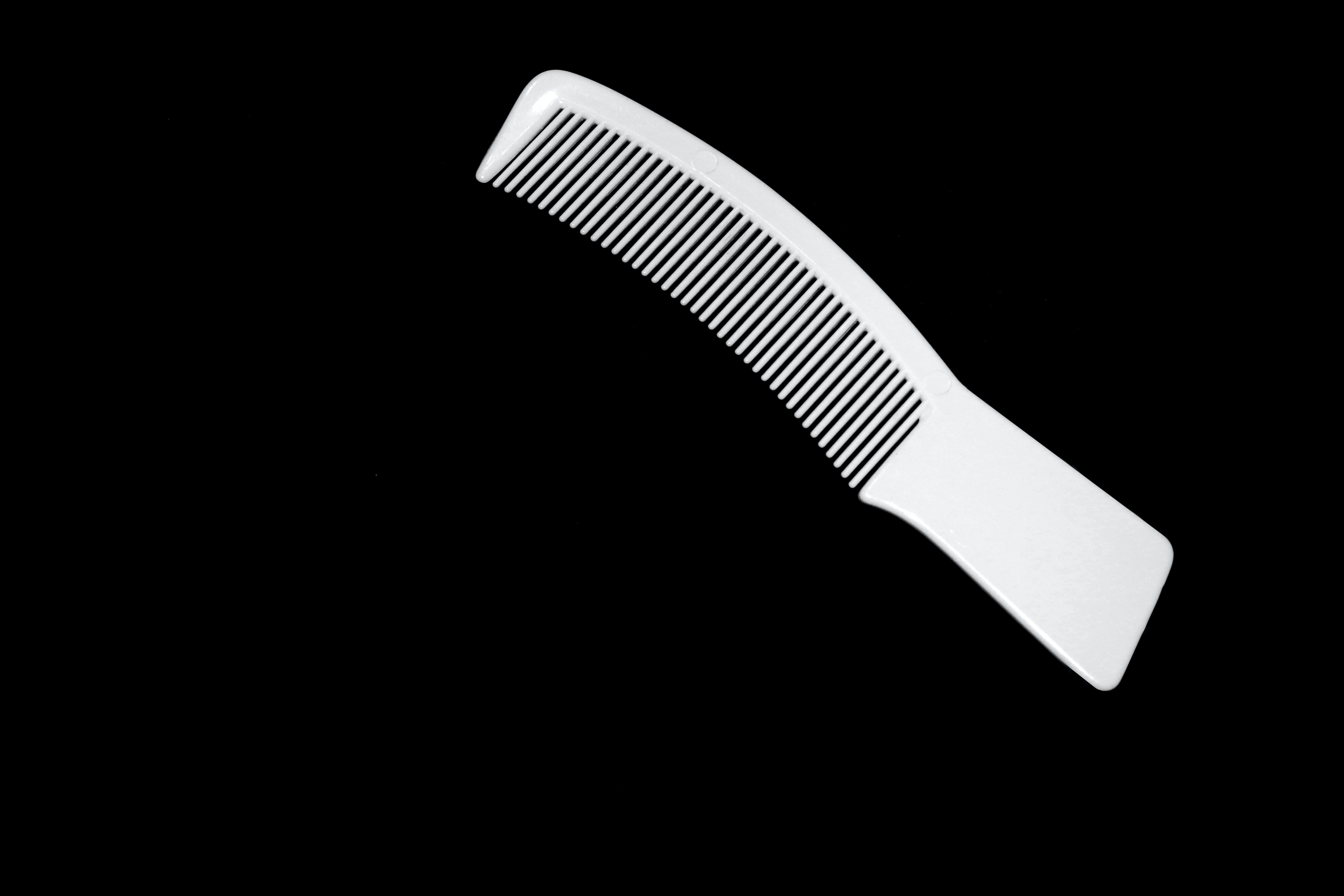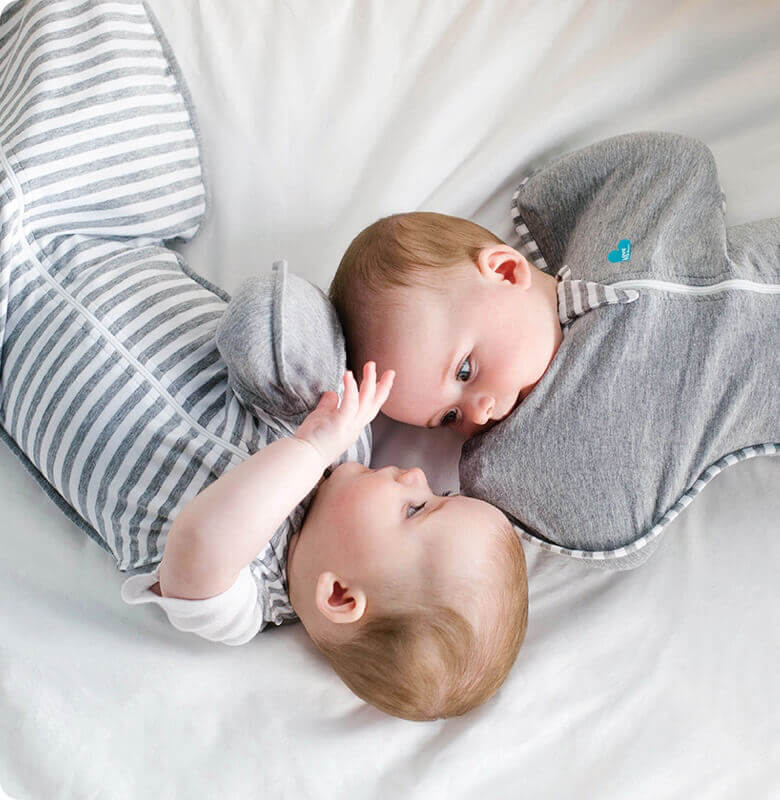7 Fascinating Lesser-Known Things About Birth
- When your baby is born, most likely they will have a layer of creamy coloured coating on their body. This is called vernix caseosa, and it’s there for various astonishing reasons!
- Hydrating baby’s skin!
- Minimising friction during birth
- Defends against bacteria
- Some studies say it can help to retain baby’s temperature after birth
- May have healing properties

Photo by Engin Akyurt via Unsplash
2. It is totally normal for your baby to have a cone shaped head! Newborns have incredibly soft bones, and you may have heard about the soft spot on the top of their skulls. Well, during birth, this area faces a lot of pressure, and so naturally things can get a little out of shape! The head will usually rectify itself in around 6 weeks.
3. We’ve discussed vernix, however, did you know your baby may ALSO have a layer of hair all over their body? Especially on the back, shoulders, arms and feet. This hair is called lanugo, and it usually falls out around a week after birth. This hair was used to regulate the baby’s body temperature in the womb, and they don’t need it anymore!
4. Colostrum is the name for the very first collection of milk you produce for your baby. It is hyper packed with nutrients and is absolutely everything your baby needs. Here’s why:
- Colostrum contains vitamins and minerals including Vit A, magnesium and zinc
- It has a consistency similar to the amniotic fluid that your baby has been digesting in the womb, meaning it is familiar
- It acts as a laxative, which encourages your newborn to poo more frequently and in turn reduces the risk of jaundice.
- Colostrum is made up of 2/3rds white blood cells, so this helps guard against any infections
- It supports your baby’s immune system and gut function

Photo by Timothy Meinberg via Unsplash
5. You may be asked if you want your baby to do a Breast Crawl. This is when the very newly born baby is placed directly on your skin on the abdomen after birth, and using their senses they will begin to manoeuvre themselves up towards your nipple for their first feed. Doctors and nurses can accommodate this, but they must know in advance so that they don’t take the baby away for cleaning or testing before this is done.
6. A jelly-like substance called Wharton’s Jelly covers your baby’s umbilical cord as a layer of protection from tangling! The magical slimy gel keeps blood flowing between your baby and the placenta, and even if a knot does occur, the jelly can act as a buffer so there is still plenty of space for the liquids inside to move freely. Do note that this jelly cannot help in the instance of a True Knot - which only happens in 0.3-2.2% of births. Your doctor or nurse will be able to keep a look out for this, and if you feel concerned about your baby’s movements during pregnancy, you can have this checked.
7. Some women swear by using a comb in their palm during birth! This may sound odd, but if you hold it across your palm with the teeth hitting the base of your fingers, this actually triggers key acupuncture points, and supports the gate control pain theory, which is the idea that humans are only capable of focussing their attention on a few elements of pain at a time. The nip you would feel from squeezing on the comb can help distribute focus from your contractions up into your hand, because your brain relays pain closest to it first.

Photo by Daniel Dan via Unsplash
Remember! Birth can be scary, but it is also beautiful and natural. If you are concerned about any element of the birthing process - speak to your midwife or doctor! They are trained to explain every element to you as clearly as possible.
Good luck mamas! You have got this!



















